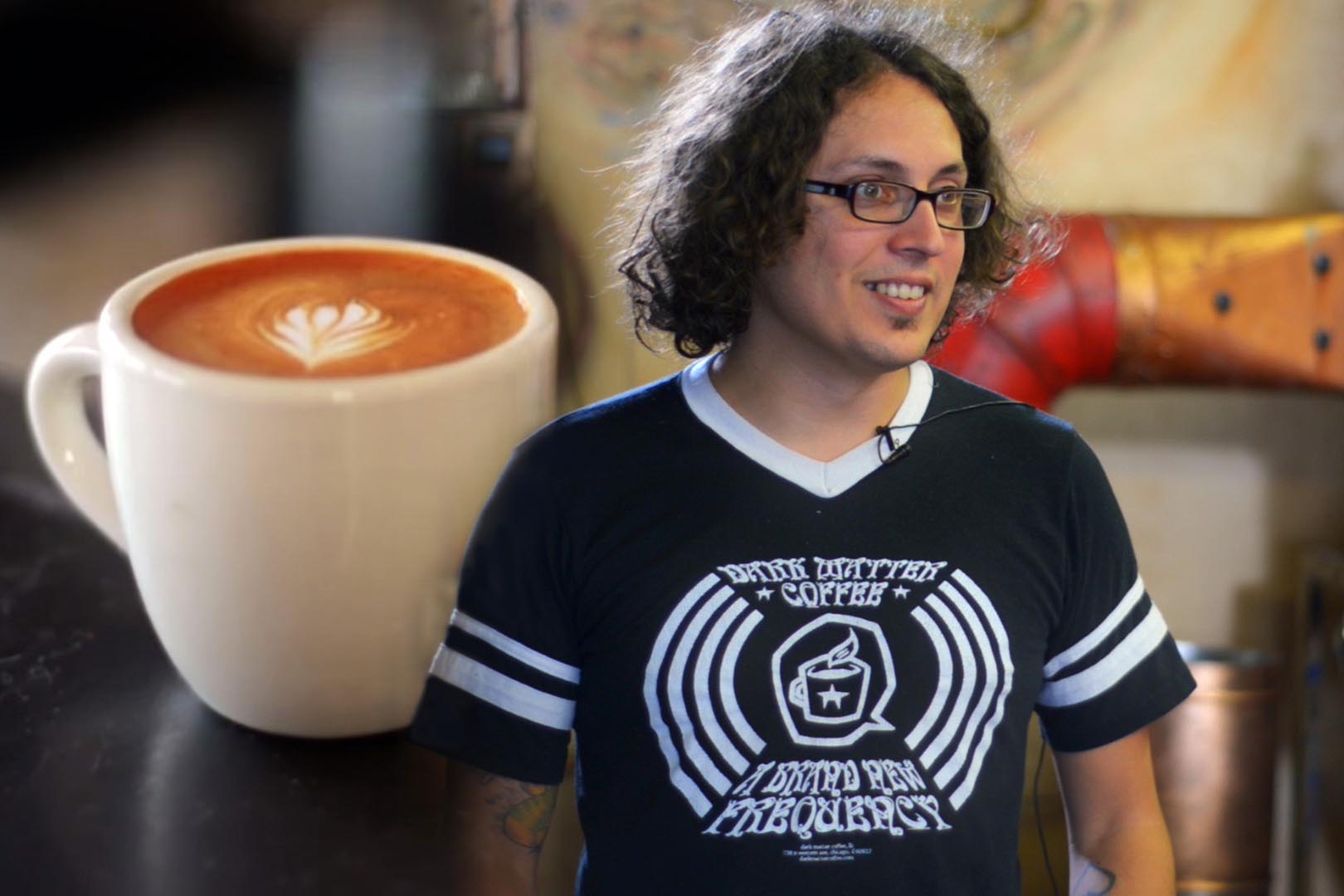

How It's Done:
NEON SIGNS
Grainger Everyday Heroes: Coffee Roaster
By Grainger Editorial Staff 8/10/20
Whether you brew your own coffee or get yours to go, most of us take our "morning cuppa" pretty seriously. Meet Jesse Diaz, owner of Dark Matter Coffee, a bean connoisseur and Grainger Everyday Hero, who believes that being philosophy driven helps him differentiate Dark Matter from the competition...and of course, using the best ingredients helps too.
Because we [tend to] buy [from the same vendors over and over again], most of our coffees are relationship based. We're a growing company. Last year we sold out of all of our coffees by December. Because [coffee is considered] fresh produce, we have to wait until the coffees are ready. Harvest season starts in December in Central America and goes all the way into April. Then the coffees are finished, put into sacks, our logo screened on them, put on the ships and they arrive here in about a month to six weeks.
[Here’s a] little bit about our philosophy. We want to buy the best green coffee, and by buying the best green coffee, we can turn around and roast some of the best coffees in the world and actually take the time to develop [the flavor]. These are eight pound roasters, but most roasters are 25 to 50 kilogram roasters, these here are tiny. These are not something you're going to see any of my competition use. Another big reason why I wanted to use these [smaller] roasters [is because] they're electric.
Roasting in the South side of Chicago, I got to learn about column pressure and how outdated the city’s gas lines are. In the winter when everyone has their heat on there's no [gas] pressure, but in the summer, the pressure is out the roof. Having controlled variables was very important throughout the seasons in a city that has very dramatic seasons.
I just want to do [roasting in a different way]. We could [produce the same quality coffee] on different machines, but then we'd be just like the rest of the 99% of the 4% [of coffee producers] that are doing what we're doing in this country. We're more of a philosophy driven company than a scientific driven company, [there’s] a lot of feeling.
What they're doing today is [called] production cupping. They're tasting all of the coffees that we [distribute] to the city, so we can keep control of what [type of coffee is] going out and so we can actually know how our products are supposed to taste. This is another machine that we just installed last year. This is a modified control panel where we can actually graph trends and do some [modifications] as far as airflow and gas, everything is digitally controlled. This way we can actually play with stretching caramelization, trying to shorten the roast or lengthen the roast depending on the coffee. Here's your air tube, there's your gas tube. You're basically going to push air through this tube up and out. Depending on how strong we want the actual air flow we can go 100% air, we can go 40% air, [it all depends] on what [we want to do] with which coffee.
I have a gas powered drum roaster, two electric powered fluid bed roasters, and a gastro and fluid bed roaster. [Using a variety of roasters, we can find] different ways of caramelization using different heating mechanisms and different technologies. [We gather] all this information and can learn from it. [I believe] why make it easy if you can make it hard and fun.
![]()
The information contained in this article is intended for general information purposes only and is based on information available as of the initial date of publication. No representation is made that the information or references are complete or remain current. This article is not a substitute for review of current applicable government regulations, industry standards, or other standards specific to your business and/or activities and should not be construed as legal advice or opinion. Readers with specific questions should refer to the applicable standards or consult with an attorney.






